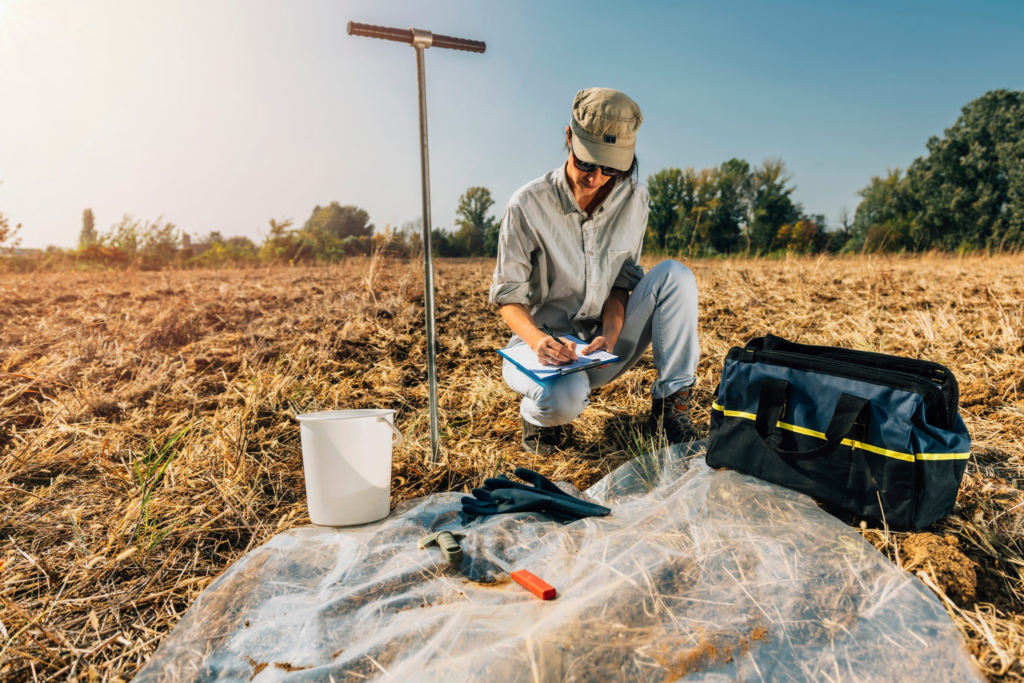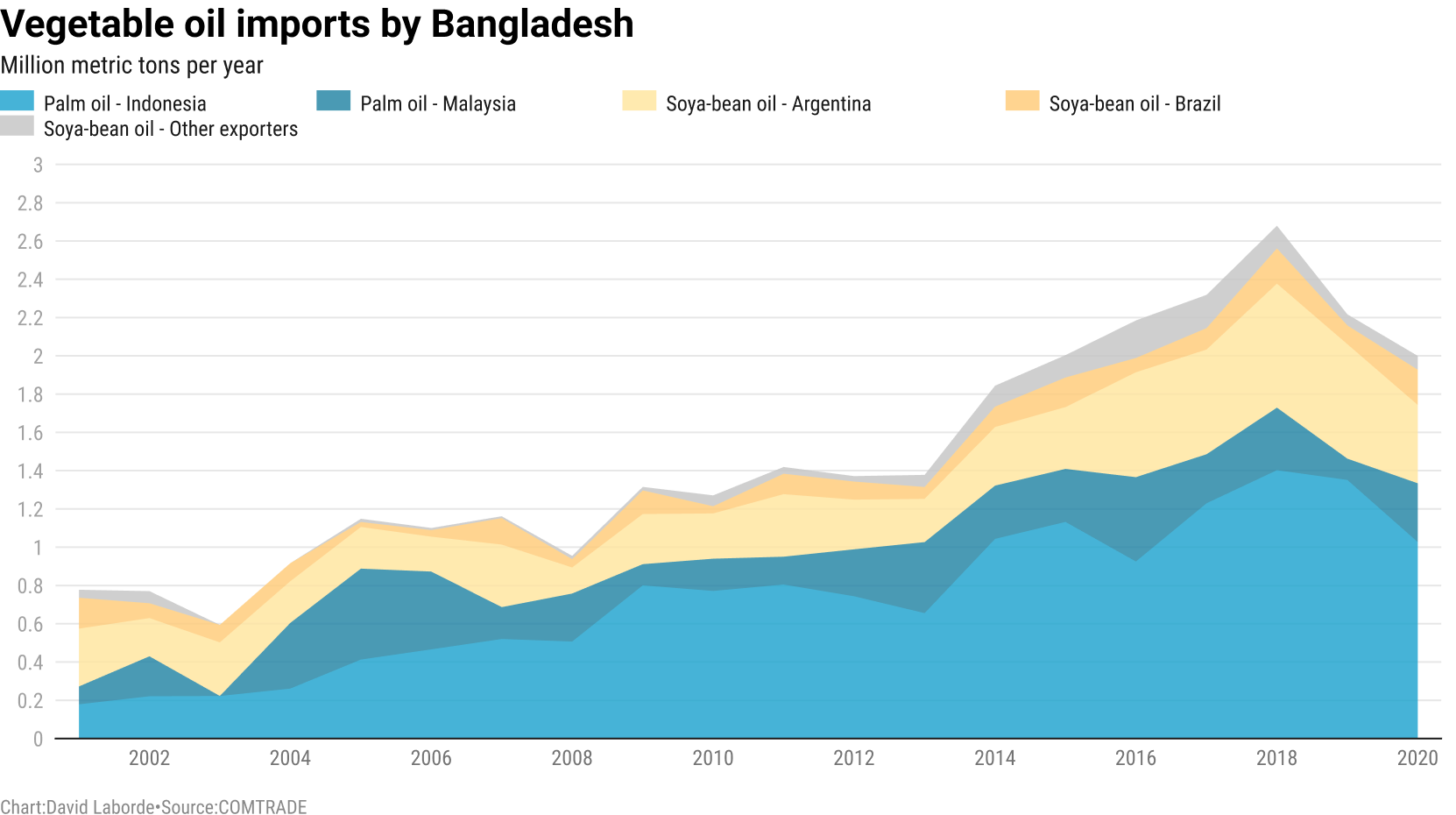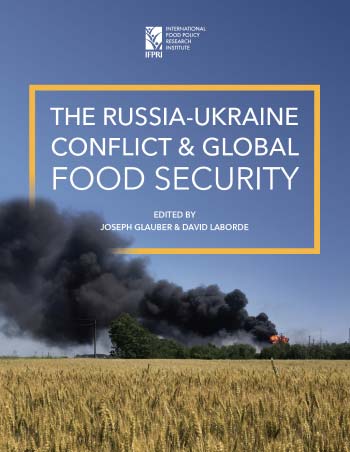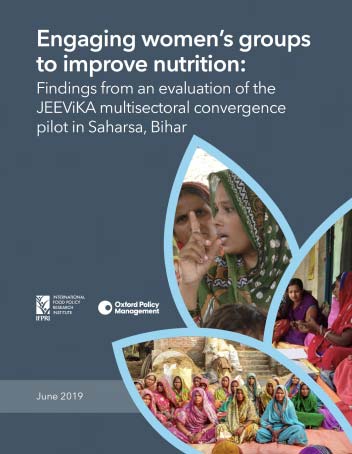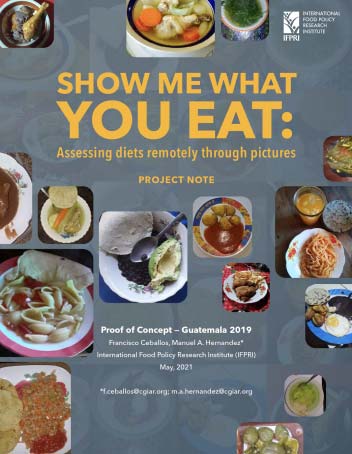SACRED: Systematic Analysis for Climate Resilient Development
Physical climate vulnerability is often assessed using three key methodologies: indicator-based methods (e.g., a vulnerability index), model and GIS-based (quantitative approaches), and participatory approaches (e.g., cognitive mapping, interviews, and surveys). Each methodology has its own strengths and weaknesses and a combination of approaches is often considered ideal.
With respect to physical risks and impacts, IFPRI maintains a framework labelled SACRED (Systematic Analysis for Climate Resilient Development). This framework has been applied throughout Africa as well as in Asia. A schematic of the framework is shown below.
Key features of the SACRED framework are:
· Focus on a country or region rather than the globe.
· Structural approach. The component models of the SACRED framework are typically bottom-up and drawn from first principles.
· Completeness. All relevant climate change impact channels are treated in a coherent framework.
· Flexibility. It is important that the elements of the SACRED modelling interact appropriately with one another; however, the exact modelling frameworks are flexible.
· Risk and uncertainty. The SACRED framework is on the cutting edge when it comes to incorporating the likely frequency, severity, and economic implications of extreme events.
Relative to many integrated assessment model (IAM) frameworks, the SACRED framework is detailed with granular representations of key features such as water systems, agriculture, and infrastructure. In addition, the economic model within SACRED has strong detail in water and in regional agriculture. As a result, it meshes well with the bio-physical modelling approaches that are key to appropriately representing climate change within the economic model.
Key components of the framework are:
1. Incorporating both climate uncertainty and weather variability.
2. Using biophysical modelling to evaluate climate/weather impact on agricultural production.
3. Using water and hydrological models to assess future climate impact on irrigation, hydropower, droughts, and flooding.
4. Using both climate and water models to inform the assessment of damages from extreme events such as flooding, storm surge, and salinization on agriculture, infrastructure, and other capital.
5. When necessary, using additional models to assess options for the energy sector and to compute changes in greenhouse gas emissions.
6. Using an economic model to assess impact on GDP, welfare, employment, prices, and trade.
Selected publications related to SACRED
Special Issue of Climatic Change on the Zambezi River Valley. Table of contents here: . Six articles.
1) Arndt, C., and F. Tarp. 2015. Climate Change Impacts and Adaptations: Lessons Learned from the Greater Zambezi River Valley and Beyond. Climatic Change. 130(1):1-8.
2) Schlosser, C.A., K. Strzepek. 2015. Regional climate change of the greater Zambezi River Basin: a hybrid assessment. Climatic Change 130:9-19.
3) Arndt, C., Fant, C., Robinson, S. et al. 2015. Informed selection of future climates. Climatic Change 130, 21-33.
4) Fant, C., Y. Gebretsadik, A. McCluskey, and K. Strzepek. 2015. An uncertainty approach to assessment of climate change impacts on the Zambezi River Basin. Climatic Change 130:35-48
5) Chinowsky, P.S., A.E. Schweikert, N.L. Strzepek and K. Strzepek. 2015. Infrastructure and climate change: a study of impacts and adaptations in Malawi, Mozambique, and Zambia. Climatic Change 130:49-62.
6) Arndt, C., and J. Thurlow. 2015. Climate uncertainty and economic development: evaluating the case of Mozambique to 2050. Climatic Change 130:63-75.
Akpalu, W. and M. Bezabih. 2015. Tenure Insecurity, Climate Variability and Renting out Decisions among Female Small-Holder Farmers in Ethiopia. Sustainability 7(6):7926-7941.
Akpalu, W., C. Arndt, and I. Matshe. 2015. Introduction to the special issue on the economics of climate change in developing countries: Selected studies of impacts and adaptations in Sub-Saharan Africa and South-East Asia. Sustainability. 7(2015):12122-12126.
Akpalu, W., I. Dasmani, and A.K. Normanyo. 2015. Optimum Fisheries Management under Climate Variability: Evidence from Artisanal Marine Fishing in Ghana. Sustainability 7(6):7942-7958.
Amisigo, B.A., A. McCluskey, and R. Swanson. 2015. Modeling Impact of Climate Change on Water Resources and Agriculture Demand in the Volta Basin and other Basin Systems in Ghana. Sustainability 7(6):6957-6975.
Arndt, C., C.A. Schlosser, K. Strzepek, and J. Thurlow. 2014. Climate Change and Economic Growth Prospects for Malawi: An Uncertainty Approach. Journal of African Economies. 23(4): ii83-ii107
Arndt, C., C.A. Schlosser, K. Strzepek, and J. Thurlow. 2014. Climate Change and Economic Growth Prospects for Malawi: An Uncertainty Approach. Journal of African Economies. 23(4): ii83-ii107
Arndt, C., F. Asante and J. Thurlow. 2015. Implications of Climate Change for Ghana’s Economy. Sustainability 7(6):7214-7231.
Arndt, C., F. Tarp, and J. Thurlow. 2015. The Economic Costs of Climate Change: A Multi-Sector Impact Assessment for Vietnam. Sustainability 7(4):4131-4145.
Arndt, C., P. Chinowsky, C. Fant, S. Paltsev, A. Schlosser, K. Strzepek, F. Tarp, and J. Thurlow. 2019. Climate change and developing country growth: The cases of Malawi, Mozambique, and Zambia. Climatic Change 154(3-4): 335-349.
Berhanu, W. and F. Beyene. 2015. Climate Variability and Household Adaptation Strategies in Southern Ethiopia. Sustainability 7(6):6353-6375.
Chinowsky, P.S., A.E. Schweikert, N. Strzepek, and K. Strzepek. 2015. Road Infrastructure and Climate Change in Vietnam. Sustainability 7(5):5452-5470.
Cullis, J., T. Alton, C. Arndt, A. Cartwright, A. Chang, S. Gabriel, Y. Gebretsadik, F. Hartley, G. de Jager, K. Makrelov, G. Robertson, A. C. Schlosser, K. Strzepek, and J. Thurlow. 2015. An Uncertainty Approach to Modelling Climate Change Risk in South Africa. WIDER Working Paper 2015/045 . Helsinki: UNU-WIDER.
Enahoro, D., Sircely, J., Boone, R. B., Oloo, S., Komarek, A. M., Bahta, S., … Rich, K. M. 2021. Feed biomass production may not be sufficient to support emerging livestock demand: Model projections to 2050 in Southern Africa. SocArXiv.
Hachigonta, Sepo, ed.; Nelson, Gerald C., ed.; Thomas, Timothy S., ed.; Sibanda, Lindiwe M., ed. 2013. Southern african agriculture and climate change: A comprehensive analysis. Washington, D.C.: International Food Policy Research Institute (IFPRI).
Hartley, F., S. Gabriel, J. Cullis, and C. Arndt. 2021. Climate uncertainty and agricultural vulnerability in South Africa. SA-TIED Working Paper 162 . February 2021.
Manuel, L., E. Tostão, O. Vilanculos, G. Mandlhate, and F. Hartley. 2020. Economic implications of climate change in Mozambique. SA-TIED Working Paper #136 . September 2020. Note that a version of this DP was accepted in Climatic Change this week. The article should be proofed and available shortly.
Neumann, J.E., K.A. Emanuel, S. Ravela, L.C. Ludwig, and C. Verly. 2015. Risks of Coastal Storm Surge and the Effect of Sea Level Rise in the Red River Delta, Vietnam. Sustainability 7(6):6553-6572. . (Note: The same work was done for Mozambique but was not published separately).
Ngoma, H., P. Lupiya, M. Kabisa, and F. Hartley. 2020. Impacts of climate change on agriculture and household welfare in Zambia: An economy-wide analysis. SA-TIED Working Paper #132 . August 2020.
Payet-Burin, Raphael; Kenneth Strzepek. 2021. Development of a modelling framework to analyze the interrelations between the water, energy, and food systems in the Zambezi River Basin. SA-TIED Working Paper 182.
Payet-Burin, Raphael; Kenneth Strzepek. 2021. Interrelations between the water, energy and food systems and climate change impacts in the Zambezi River Basin. SA-TIED Working Paper 181.
Robinson, Sherman; Mason d’Croz, Daniel; Islam, Shahnila; Sulser, Timothy B.; Robertson, Richard D.; Zhu, Tingju; Gueneau, Arthur; Pitois, Gauthier; and Rosegrant, Mark W. 2015. The International Model for Policy Analysis of Agricultural Commodities and Trade (IMPACT): Model description for version 3. IFPRI Discussion Paper 1483. Washington, D.C.: International Food Policy Research Institute (IFPRI).
Schlosser, Adam; Sokolov, Andrei; Strzepek, Kenneth M.; Thomas, Timothy S.; Gao, Xiang; and Arndt, Channing. 2020. The changing nature of hydroclimatic risks across Southern Africa. SA-TIED Working Paper 101.
Simbanegavi, W. and C. Arndt. 2014. Climate Change and Economic Development in Africa: An Overview. Journal of African Economies. 23(4): ii4-ii16.
Tembo, B., S. Sihubwa, I. Masilokwa, and M. Nyambe-Mubanga. 2020. Economic implications of climate change in Zambia. SA-TIED Working Paper #137 . September 2020.
Twerefou, D.K., P. Chinowsky, K. Adjei-Mantey, Strzepek, N.L. 2015. The Economic Impact of Climate Change on Road Infrastructure in Ghana. Sustainability. 2015; 7(9):11949-11966.
Authors
International Food Policy Research Institute (IFPRI)
Keywords
Frameworks; Resilience; Models; Modelling; Climate Change; Development
Access/Licence
Open Access
Record type
Knowledge product

